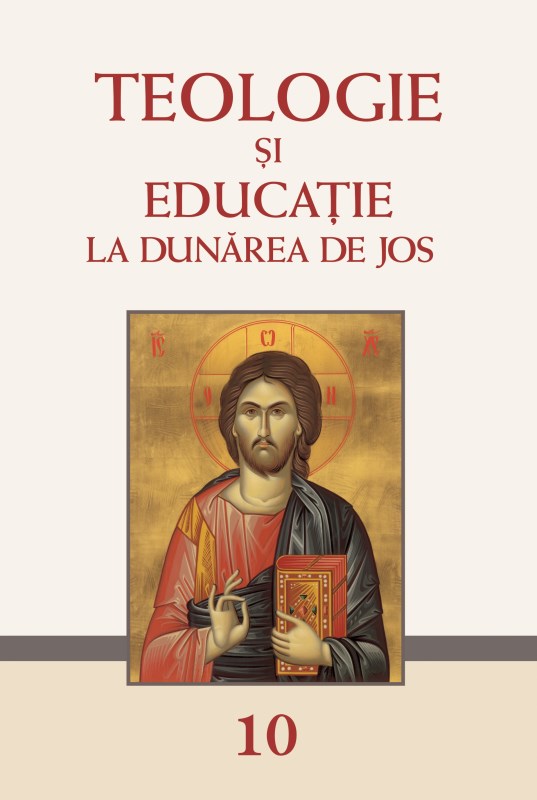Nunta în tradiția bizantină
Wedding in the Byzantine tradition
Author(s): Cristian GaguSubject(s): Christian Theology and Religion, Theology and Religion
Published by: EDITURA ARHIEPISCOPIEI DUNĂRII DE JOS
Keywords: engagement; marriage; wedding; divorce; Church canons; Byzantine customs and traditions; Holy Mystery of Marriage;
Summary/Abstract: Marriage is the first institution of divine right, God ordained human, even before the Fall, living the man and the woman together, blessed by God. This is the first way of remaining steadfast and obedient to the first and only command, that of not eating from the fruit of the tree of the knowledge of good and evil, that the man could have gained perfection. After the Fall, Adam and Eve continued to live as a family, but their reunion like this was fundamentally different from the one from Heaven. Instead of the communion in love, in the only body, that was made by them through the marriage ties, there was imbalance, passion and submission of women by men, that intervened. This state has perpetuated till the arrival of Jesus Christ the Saviour, Who, taking part in the Wedding at Cana of Galilee, reunited the family, the union between the man and the woman, being done in the name of Holy Trinity, Who blesses and strengthens it with the grace of the Holy Spirit, in the Holy Mystery of Marriage. Preaching and reception of the Gospel in the Greco-Roman area didn’t lead automatically to the giving up of all the Christians converted from pagans to the whole ballast of pagan customs and traditions whose heirs they used to be. Part of these being kept, either they were sent or practised in the same time with the Christian faith for a long period of time. The wedding, as an important aspect of the Greco-Roman society and then of the Christian Byzantine one, was felt for a long time under the the influence of these pagan customs and traditions, both from its popular and Byzantine legislative one. The efforts of the Church to bring the wedding from the pagan customs and the Roman legislation to the Christian faith and to make from this event an exclusively ecclesiastical one, were not successful even from the beginning. Proof being the writings of the Apostle Fathers, of the apologets, of the Holy Fathers and of the ecclesiastical writers from the Byzantine century, together with the Church canons and imperial law provisions. These springs prove the importance attributed to the wedding by the Church even from the beginning, considered Holy Mystery, although this character was confirmed officially by the Eastern Church only in the XIII-th century, under the influence of the Western theology and of the Christian family. It also offers data about the evolution of the ordinance wedding ceremony, crystallized between the III and the VIIIth centuries around two paramount moments, the putting of the rings and the crowning, both pagan ones, that the Church took and entrusted, offering them new Christian values. These sources present much better the process of harmonisation of the Byzantine state legislation concerning the Church canons, crowned at the end of the Xth century by the Emperor Leon the VI-th, the Philosopher, through the conditioning of the recognition of the validity and legality of marriage that ended in the XIIth century by the Emperor Manuil I the Commen. The information about the popular traditions that joined the wedding, or “the wedding custom” as Saint John Chrysostom used to call it, are also very well represented in the works of the Byzantine era, being the only manifestations that were very little changed time passing, though they seem not to have been changed at all.
Journal: TEOLOGIE ȘI EDUCAȚIE LA DUNĂREA DE JOS
- Issue Year: X/2011
- Issue No: 10
- Page Range: 266-301
- Page Count: 36
- Language: Romanian

